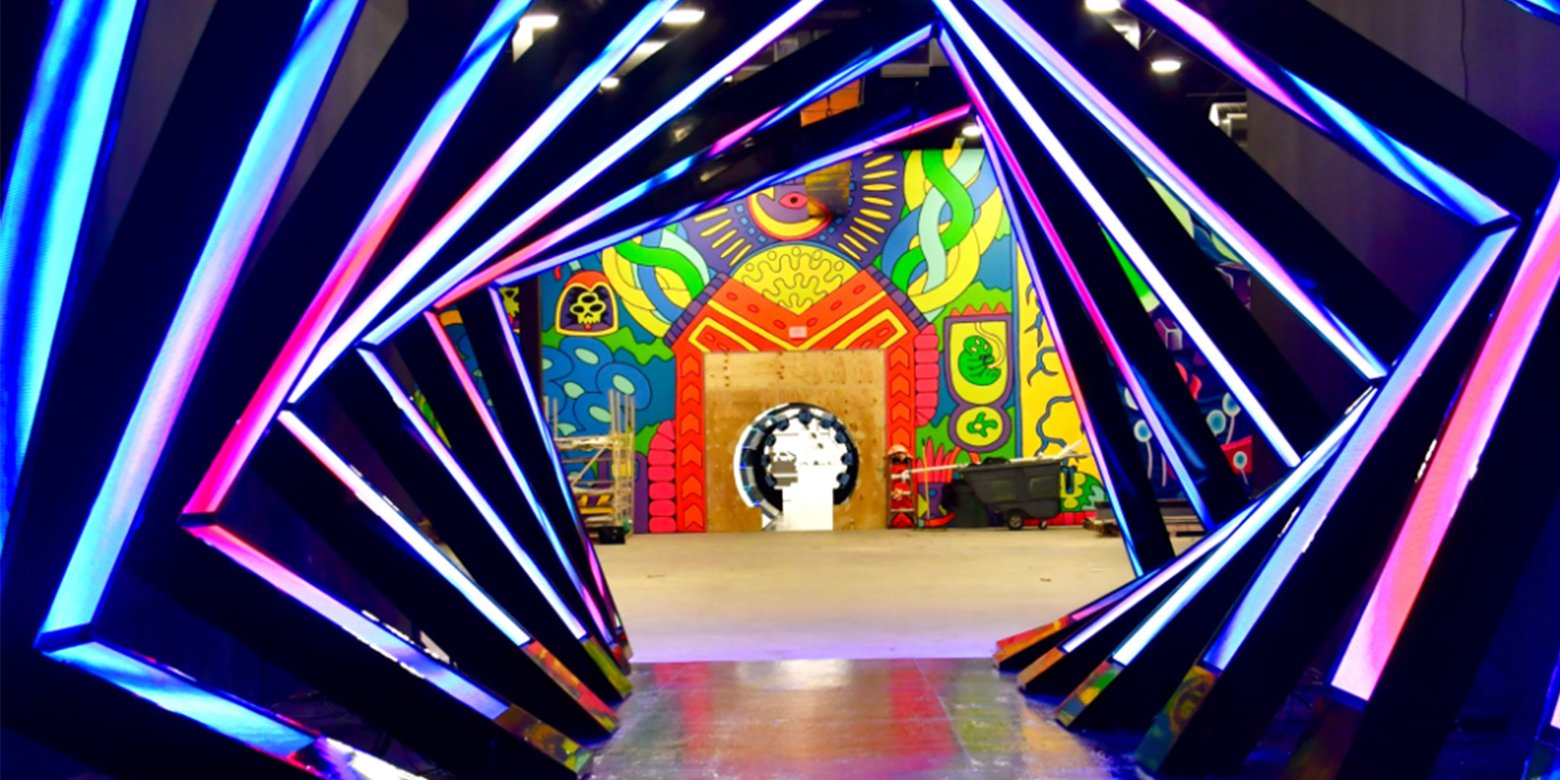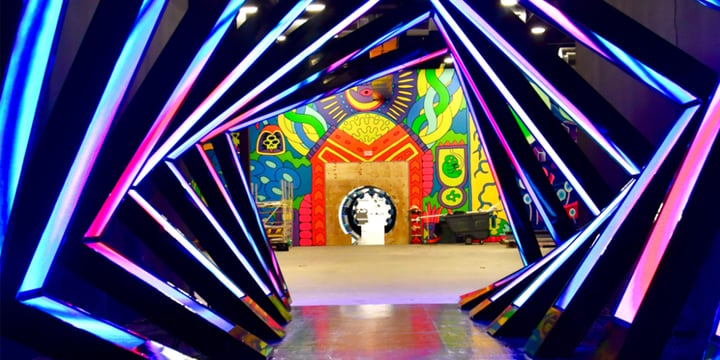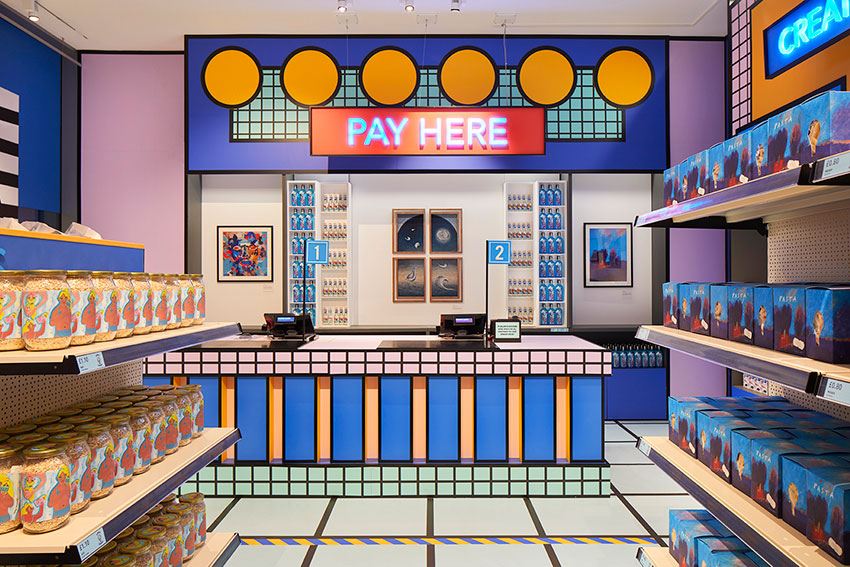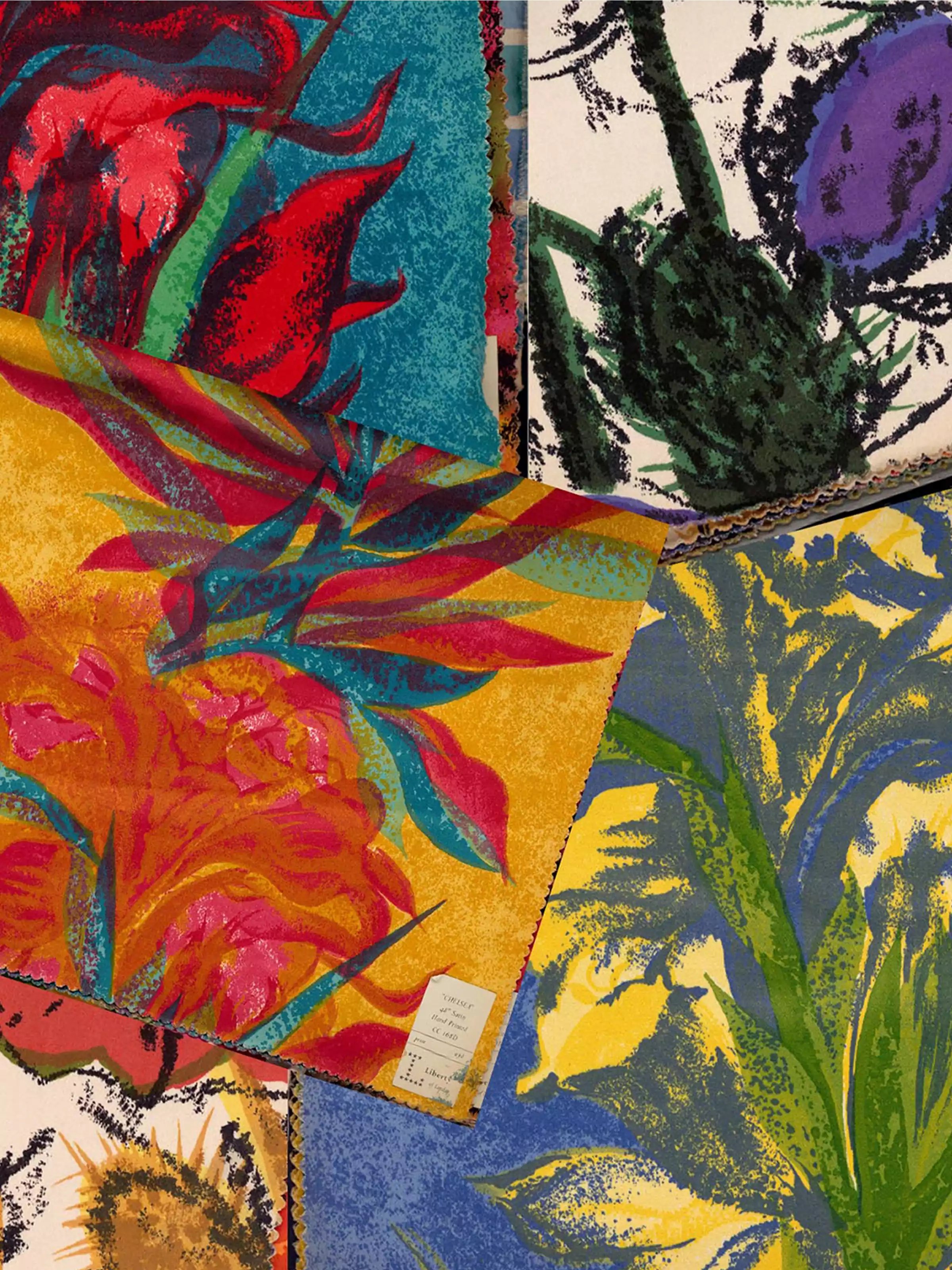5 Lessons Visual Merchandisers can learn from Cultural Retail

5 Lessons Visual Merchandisers can learn from Cultural Retail
Cultural venues such as museums, galleries and other tourist spots are bursting back into life after the last two years, and visitors couldn’t be happier about it! Without doubt, these venues are a very different business model to high street stores but there is a lot that visual merchandisers can learn from the resurgence of retail within arts and culture.
Create an experience
Remember those school trips to museums and the excitement of what you were going to spend your pocket money on in the gift shop? Those shops are full of products that we wouldn’t usually consider purchasing but that somehow become desirable (even to adults) when presented as souvenirs. Why? Because we all want reminders of good times spent with loved ones. By immersing shoppers in your brand story through creative store design, the customer journey becomes more than just transactional.
Arts venues know that shared experiences which inspire and excite visitors not only increase dwell time but consequently, average spend. Westfields ‘How We Shop’ report found that “81% of customers globally are willing to pay more for experience with the most requested in-store activities needing to be creative, health and games orientated”. The positive impact of experiential retail on sales figures is huge and why this particular trend is here to stay.
Change things up
Arguably, the arts often do a better job of pop-up retail than our high streets! With every new exhibition come fresh displays and updated product ranges. These ever-changing set ups keep gift shops culturally relevant and visitors returning. And with design being a key aspect for most arts venues, the results are often striking. Artist Camille Walala’s installation at the Design Museum in 2020 transformed their entire gift shop into a design-led supermarket for just five days. People flocked to see it, even as the country was gripped by the pandemic. Constant reinvention of a retail space delivers elements of surprise and limited runs are a great motivator to get footfall through the doors.
Champion craftsmanship
Consumers are becoming far more knowledgeable around ethical consumerism as more of us align our purchases with our values. Highlighting provenance and craftsmanship is vital to galleries, museums and tourist venues; the stories behind the products are as important as the items themselves. Authenticity and artistry are prioritised on POS with sales products often featured as part of the show or exhibition. Liberty have teamed up with the William Morris Gallery to launch a range of fabrics using prints from renowned textile artist Althea McNish.
After learning about her life and seeing her work in the exhibition, visitors can buy the capsule collection of her prints on fabric in the gallery shop or at the Liberty London store. Unique products will sell because of their exclusivity and can command higher price points if consumers understand the value in them. Highlighting this through POS and inventive displays is a quick and easy silent selling tool.
Promote branded products
Exclusivity is key to product ranges in cultural venues, visitors want to purchase items that demonstrate their attachment to a place or experience, it’s why branded items work so well there. Whilst branded merch is certainly not a novel concept on the high street, we are starting to see more non-fashion retailers launch their own merchandise front and centre in stores. These products are a way for a consumer to show their allegiance and affiliation to a brand (and often its values) and to communicate part of their own identity.
Designer fashion has always capitalised on the consumers desire for branded goods but now lower end retailers are too, often with tongue firmly in cheek! The Primark X Greggs clothing range has certainly raised eyebrows but is a great example of how branding can be the basis of an entire collection. Grouping these products together for maximum impact adds authority to the collection and will attract attention.
Utilise all the senses
Sometimes you can follow all the rules of visual merchandising and yet a space still doesn’t ‘fit’ the brand. That’s because VM isn’t just about what we see, it’s also about how it feels. Cultural venues are great at making the most of interesting architecture and dramatic lighting within exhibitions and often use those elements to manipulate the atmosphere in their retail spaces too. The Johnnie Walker Experience has a venue that is designed to complement the product and ensure visitors get a feel for the brand DNA.
From barrel-lined cellars to a terrace garden where garnishes grow for drinks, the tour also incorporates smells, lighting, textures and tastes into the customer journey. Sensory visual merchandising strengthens customers' association to a product and those positive associations have been proven to increase sales. Put simply, if you touch, smell or taste a product you’re more likely to buy it.
Positive experiences are what we are all craving right now and cultural venues exist purely because we WANT to be there. Shopping on the other hand, can often be seen as a necessary chore. Transporting visitors to another world for a while is how the arts capture our imaginations (and our disposable income). Visual merchandising is the key to recreating that theatre in retail stores through inventive displays and exciting experiential design.
Header Image PaperMag
About Katy Trodd
Accomplished London based retail consultant specialising in visual merchandising and styling, with a diverse portfolio of clients, from global corporate brands to high end designers and small independent stores.
Never miss out on latest news in the retail industry on Facebook, LinkedIn or Instagram.







.png?width=330&name=BLOG%20COVER%20(1200%20x%20630%20px).png)

